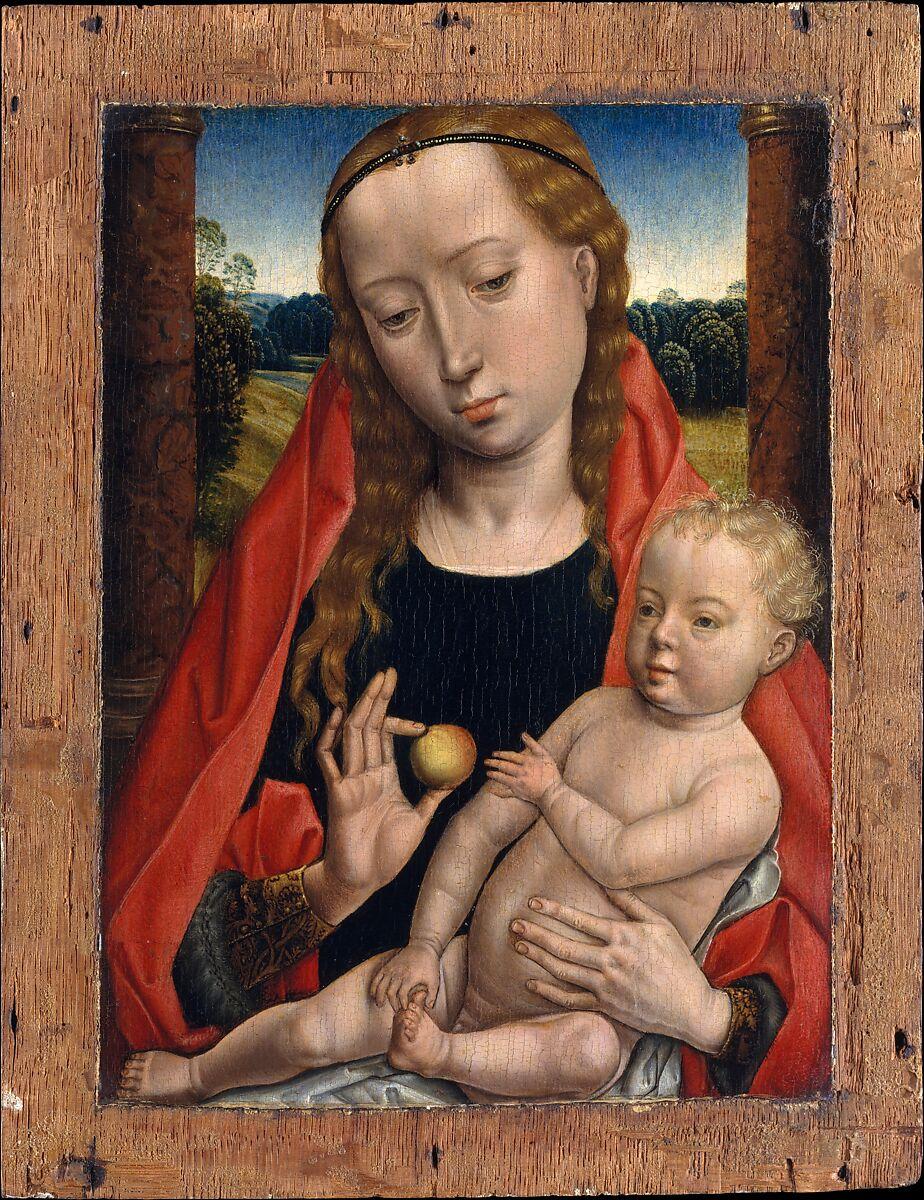Modern photography has played a special role in the art industry. Currently, art can easily be accessed and assimilated in different parts of the world just from a single digital image. Photography has also enhanced art preservation, with artworks that could have easily been forgotten now being replaced by images of the art. Photography has taken the world of artwork to a whole new dimension, increasing the market reach of artwork and generating additional revenue for artists. Despite the role of photography in art history, some key variations will likely affect the acceptance and meaning of original artworks.
Artwork entails different principles that help the artist create an impressive design. During the creation of an artwork, the artist applies several principles of design to create an amazing and attractive piece of art for the people. The combination of various elements of design enables the artist to facilitate a better-looking design (Becker, 2020). The Virgin and Child painting is one of the most popular paintings in the art industry. The painting alludes to Christ as a future mankind redeemer.
The artist uses different visual elements and adheres to various principles of design to create the artwork. Some of the most identifiable visual elements used in the art include line, shape, color, texture, and space. Line elements help the artist define the various forms and shapes in art (Zheng & Tang, 2021). In the painting, soft flowing lines are clearly identifiable and help the artist depict the gentle curves of the virgin’s body. They also illustrate the child’s round face and body. The artist also applies shape elements to create a sense of stability and symmetry within the composition, with geometrical shapes such as triangles and circles being identifiable.
The texture is an important element in the design of art. The surface quality of an artwork can be used to convey a message to the observers. In the painting, the artist uses a smooth and well-refined texture, conveying a sense of softness and delicacy. The color of a painting may be used to convey artistic emotions and mood. In the painting, a limited color palette can be observed, with the robes of the virgin depicted in shades of red and the child’s clothing in white. The artist uses a shallow depth of field with a blurred background used to show a sense of intimacy and the closeness between the figures.

The artist adheres to the various principles of design. On observing the art, the viewer can identify the balance of the art. The artist uses a symmetrical balance with the composition divided into two equal parts to create a sense of stability and harmony. The proportion of the artwork depicts the Virgin as larger than the child, an indication to the viewer of the importance of the mother to the child. The principle of emphasis has been used to highlight the faces and hands of the virgin and child, which are the most important elements of the art. The artist uses contrast to create a sense of depth and three-dimensional artwork. Contrasts in the form of light and dark can clearly be observed.
Variations may occur when viewing an original painting and when viewing an image of the painting. There are several adjustments made to images due to various aspects and the quality of the photographer taking the photo. Room lighting may affect the color of the image, requiring image adjustments to reproduce the real color of the image (Navarrete & Villaespesa, 2020). However, these adjustments are not always accurate, resulting in these differences. The experience when viewing a real painting may be different from the experience when viewing an image of the painting.
References
Becker, C. U. (2020). Ethical Principles for Design. SSRN Electronic Journal. Web.
Memling, H. (1949). Virgin and Child. MoMA, New York, NY, United States. Web.
Navarrete, T., & Villaespesa, E. (2020). Image-based information: paintings in Wikipedia. Journal of Documentation, 77(2), 359–380. Web.
Zheng, J., & Tang, X. (2021). Application of image elements of “Shan Hai Jing” in modern animation design based on computer-aided design. 2021 4th International Conference on Information Systems and Computer-Aided Education. Web.